Home » Case Studies » eJet
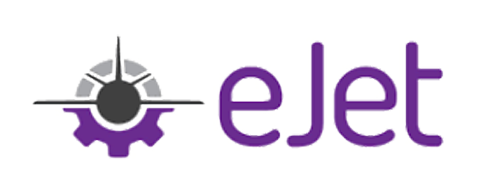
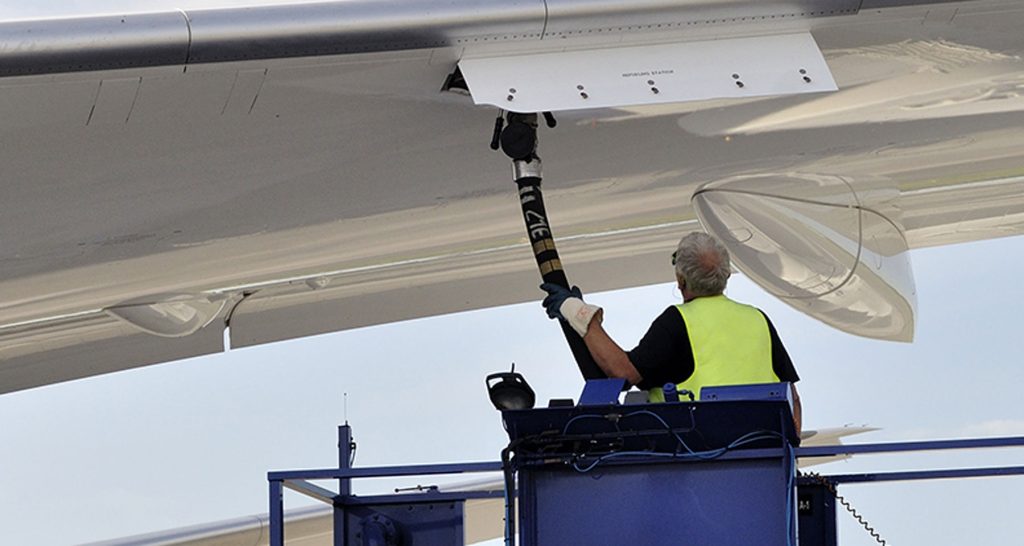
Established in 1999 following John Pitts’ success as CEO of the oil/airline consortium which financed, constructed and operates the US$250 million jet fuel facilities at Hong Kong International Airport, eJet provide worldwide engineering, operational and commercial advice to those involved in storage, handling and delivery of aviation fuel, oil products, oil & gas.
Design of aviation fuel hydrant systems for new and exist-
ing airport facilities worldwide. This includes the design and sizing of all pipelines and associated equipment. Ensure that all systems are modeled within international safety standards. eJet focus on aviation fuel applications at airports (hydrant systems and fuel farms) and occasionally have involvement with cross-country pipelines.
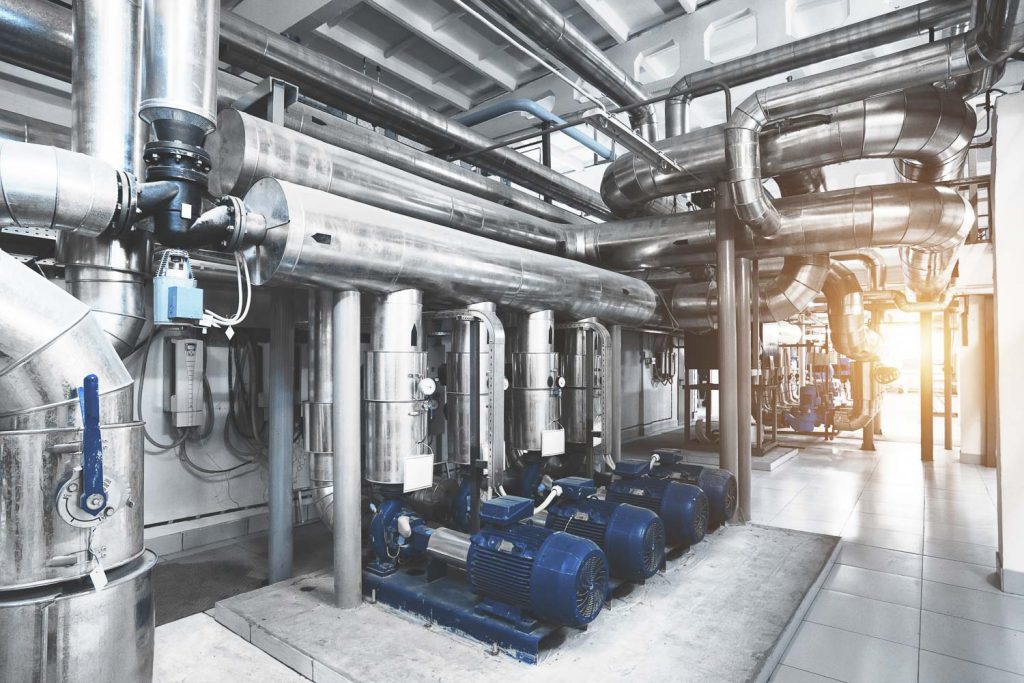
When developing our designs, FluidFlow allows us to consider the performance of the entire system for a sequence of operating conditions and thus ensure the target pressure and flow rate is maintained at all demand points for each scenario. This is usually an iterative process and the use of FluidFlow in this process is vital.
We use FluidFlow to model the effects of changes in pipe diameter and evaluate if we are within the design parameters, for example, we have changed line sizes from 18” to 20” in order to reduce the head loss through a given pipe section so we can achieve design pressures at all off take points and prevent the need for excessive pressure at the pump station.
We use FluidFlow to model the systems from the supply tanks in the fuel farm through the pumps, filters, feeder lines between the fuel farm and airport apron zones and the hydrant system itself. The software was used to successfully design extensions to the aviation fuel delivery systems at Hong Kong, Singapore Changi, and Delhi international airports.
One of our more recent major projects is a new build airport in a major international city.. FluidFlow was used at the preliminary design stage of this project to develop notional line sizing which will largely remain unchanged as the design develops further, such is the power capabilities of the software.
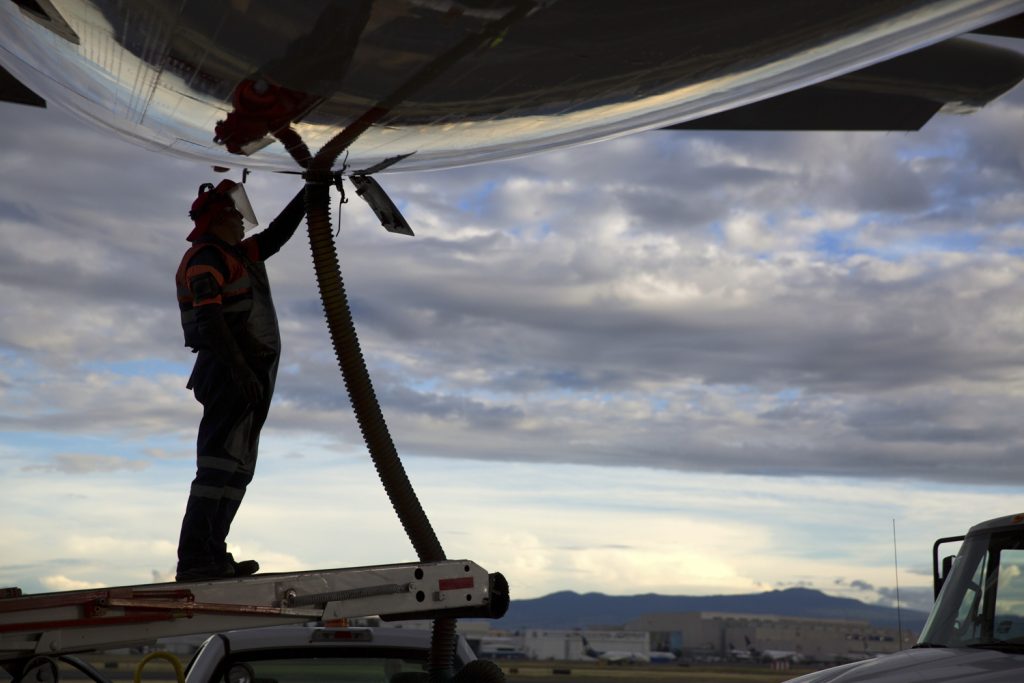
John Pitts
Owner – eJet
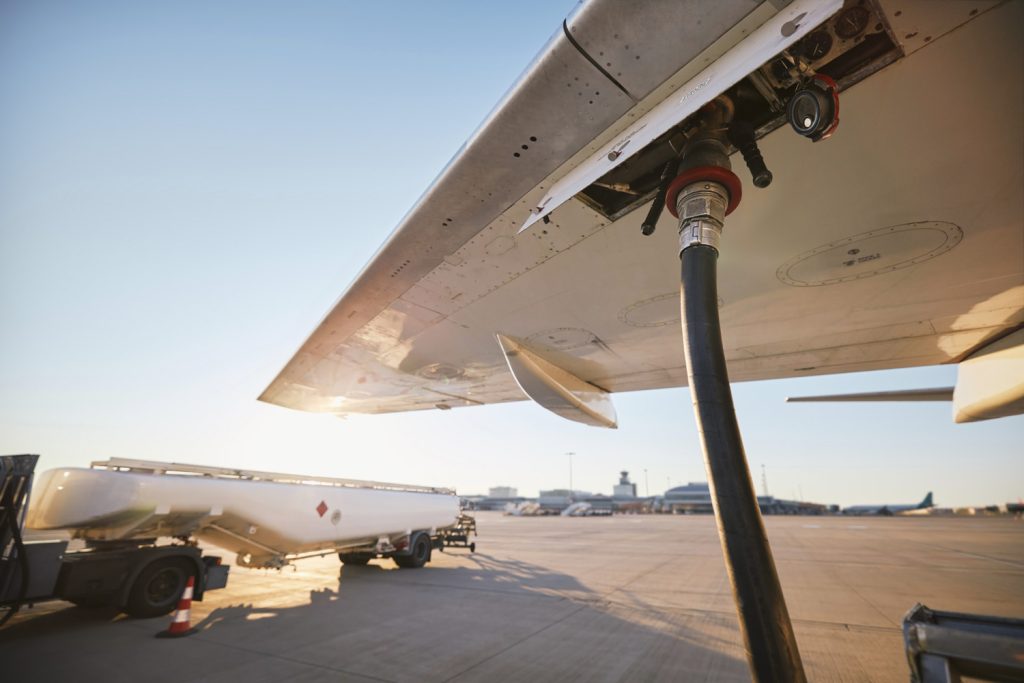
We have used FluidFlow to design and model new jet fuel hydrant systems, such as at Singapore Changi airport which includes 39 new aircraft stands, and Delhi airports as well as Dublin airport in Ireland where we have been involved in developing the design of new piping infrastructure.
When developing the design for a new major international airport, the initial design specifications provided by external consultants noted the requirement for 24 inch pipelines through- out the system. eJet used FluidFlow to investigate alternative options and identified that the system can operate effectively and successfully with just 20 inch pipe lines.
Furthermore, as the full piping distribution system must be filled with fuel (dead stock), this reduction in pipe diameter reduces the amount of dead stock required and as such, leads to significant savings in fuel costs.
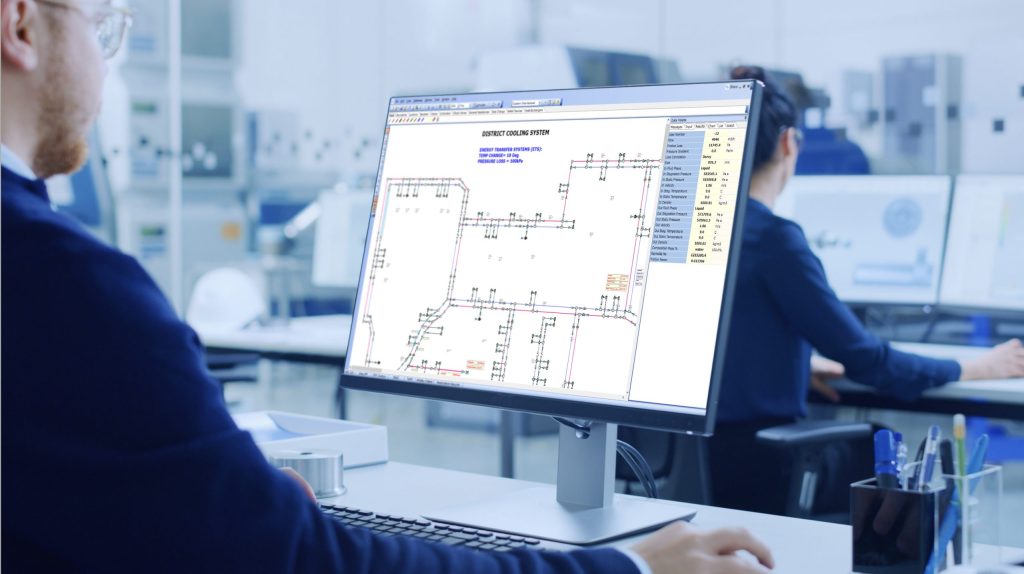
Use FluidFlow to take a total system view whist sizing hydrant lines and optimize the layout and configuration of hydrant systems whilst avoiding using hand calculations.
© 2025 Flite Software NI Ltd. All rights reserved.